SOCOM has now included AI in its top-tech wish list
- By Hope Seck
Share This Article
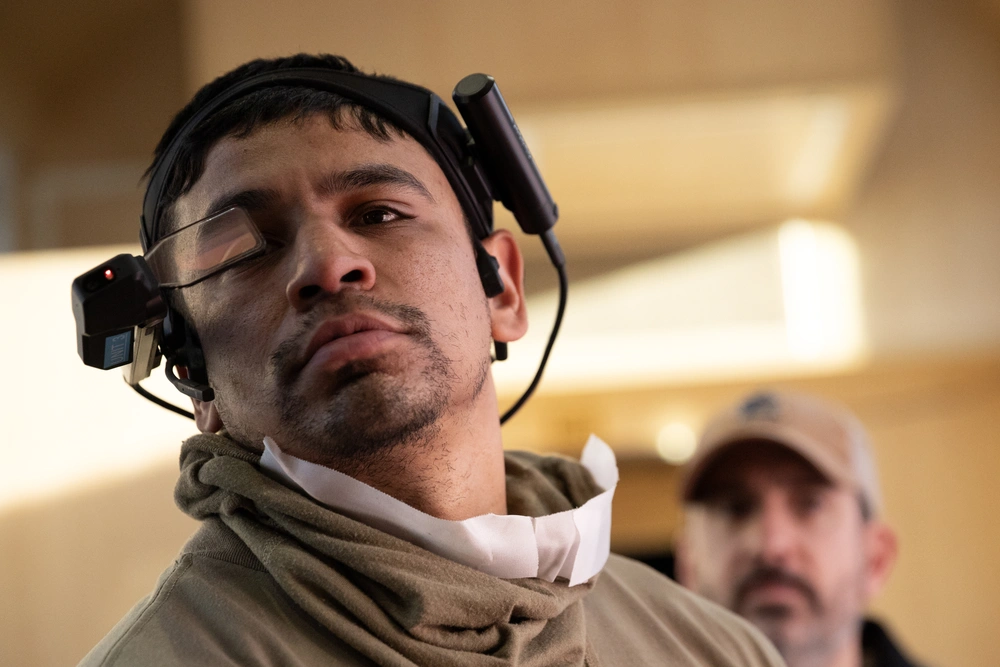
America’s most elite fighting forces are calling on industry to equip them with the most cutting-edge AI tools science can deliver.
U.S. Special Operations Command (SOCOM) has long courted emerging technology. It publishes an annual tech wish list, formally known as the “capability areas of interest” so the builders and makers have a clear picture of what the command is after. In late July, the running 43-page document was updated to include advanced forms of artificial intelligence, alongside established needs like enhanced night vision and drone warfare tools.
“SOF is interested in the modular, open integration of cutting‐edge solutions incorporating artificial intelligence and machine learning to enable enhanced autonomy in unmanned systems,” the wish list states. ” … Solutions should be designed with well-defined interfaces and adherence to open standards to promote interoperability and integration into existing architectures.”
The specific interest areas SOCOM cites make clear the command is not merely looking for advanced ChatGPT or data processing tools. The list calls for agentic AI and vision language action (VLA) models, which can power robots and machines for autonomous behaviors with little oversight. Agentic AI, for example, powers self-driving cars and customer support chatbots. VLA models are used to power humanoid robots, allowing them to process both what they see with their visual sensors and the spoken language they hear with their auditory devices.
These technologies, SOCOM said, would “achieve more sophisticated autonomous behaviors like adaptive learning.”
The list also cites interest in neural radiance fields, or NeRFs, for “3D scene representation and navigation.” NeRFs are used to turn a two-dimensional image, like a photograph, into a highly realistic three-dimensional scene a user can look at from different angles or navigate through.
Generative AI is also on the list, specifically with applications for simulation and data augmentation, or for expanding the size of a data set for training purposes. Other interests include advanced automatic target recognition algorithms and advanced machine learning operations for managing data and model training and validation.
Related: The Air Force is now adding AI pilots to combat-coded F-16s
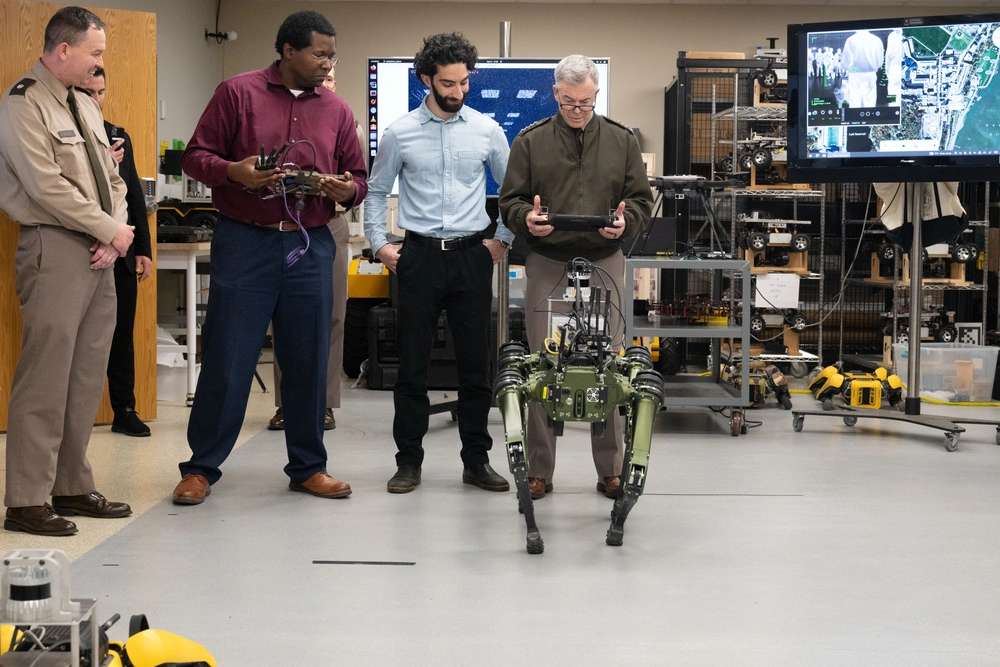
Advanced and expanded simulations for training are well within the SOCOM wheelhouse, but how about sophisticated processing and decision-making tools for robots? In some regards, the special operations human-robot integration is already happening. Robotic mules and autonomous wheeled vehicles have been employed in a variety of testing and training scenarios in recent years.
This spring, Green Berets went to Norway to test out an unmanned ground vehicle, Milrem Robotics’ AI-powered THeMIS, in Arctic conditions. In 2023, the 82nd Airborne leveled up human-machine teaming by taking a Ghost Robotics Vision 60 robotic dog on night operations at Fort Bragg, North Carolina. Officials with U.S. Army Special Operations Command even built a new career field focused on integrating these machines into SOF formations.
“Special operations is leading the Army by creating a new MOS this year for technology, innovation and integration – a new MOS that does not exist in the Army,” USASOC Command Sergeant Major JoAnn Naumann said last year, according to a report from Soldier Systems. “We’re creating it because we realized that we need it. We will have people whose job is to think about these kinds of problems, build prototypes and then help us once we get the technology integrated into the battlefield and make it work in real-world scenarios.”
SOCOM Commander Gen. Bryan Fenton further reinforced the point in testimony to the Senate Armed Services Committee this spring.
“We see the emergence of ‘physical AI,’ meaning the convergence of AI, autonomy, and robotics, as the big bet and principal to the success of future warfighting,” Fenton told the committee in a written opening statement. “We will make this big bet responsibly and in alignment with the guidance and policies of the administration and Department. We must take advantage of frontier AI models and understand how our adversaries are using them. SOF must also ensure its data and architecture are interoperable with the Joint Force.”
It is still unclear is whether humanoid C-3PO-style robots will ever join SOF formations. But as Fenton notes, the world is changing fast and even the forces at the tip of the spear can’t predict what’s around the corner.
“To compound this complex security environment, cutting-edge technology is rapidly changing the character of warfare as the innovation cycle runs in days,” he said, “not years.”
Feature Image: A Special Operations Forces Arctic Medic 2025 (SOFAM 25) participant uses an augmented reality headset while performing arctic medical training near Fairbanks, Alaska, Feb. 20, 2025. SOFAM 2025 is a Special Operations Command North training and validation event for unit medics that regularly conduct exercises and operations in the North American Arctic. Approximately 100 participants from SOF and Allied and Interagency partners trained to improve tactical and prolonged combat casualty care in austere conditions. SOFAM 2025 prepared medics to operate in cold to extreme cold weather and to provide safe medical care in austere conditions. (Alaska National Guard photo by Alejandro Peña)
Read more from Sandboxx News
- B-1 Lancers deploy over northern Europe to train on simulated bombing strikes and send Russia a message
- The complicated legacy of War Thunder in the military community
- The value of Research and Development of explosives for the Delta Force
- SOCOM wants its secretive Long Endurance Aircraft drone to be able to launch smaller drones
- White House pauses Navy’s F/A-XX next-gen aircraft. Is this the way forward?
Related Posts
Sandboxx News Merch
-

F-35 ‘Evolution’ Poster
$22.00 – $28.00Price range: $22.00 through $28.00 Select options This product has multiple variants. The options may be chosen on the product page -

A-10 ‘Thunderbolt Power’ Framed Poster
$45.00 – $111.00Price range: $45.00 through $111.00 Select options This product has multiple variants. The options may be chosen on the product page
Hope Seck
Hope Hodge Seck is an award-winning investigative and enterprise reporter who has been covering military issues since 2009. She is the former managing editor for Military.com.
Related to: Gear & Tech, Special Operations
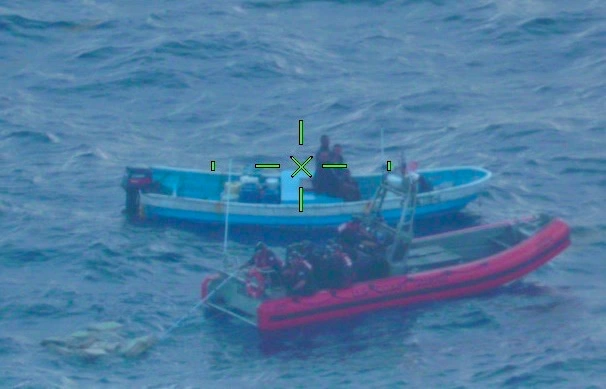
The Pentagon wants a highly capable nonlethal weapon for drug boat interdiction
Sandboxx News
-

‘Sandboxx News’ Trucker Cap
$27.00 Select options This product has multiple variants. The options may be chosen on the product page -
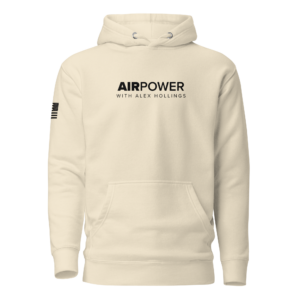
‘AirPower’ Classic Hoodie
$46.00 – $48.00Price range: $46.00 through $48.00 Select options This product has multiple variants. The options may be chosen on the product page -
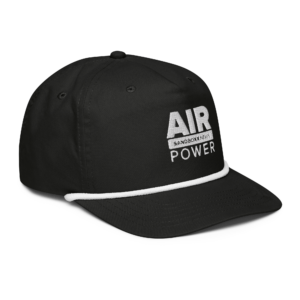
‘AirPower’ Golf Rope Hat
$31.00 Select options This product has multiple variants. The options may be chosen on the product page -

‘Sandboxx News’ Dad Hat
$27.00 Select options This product has multiple variants. The options may be chosen on the product page
